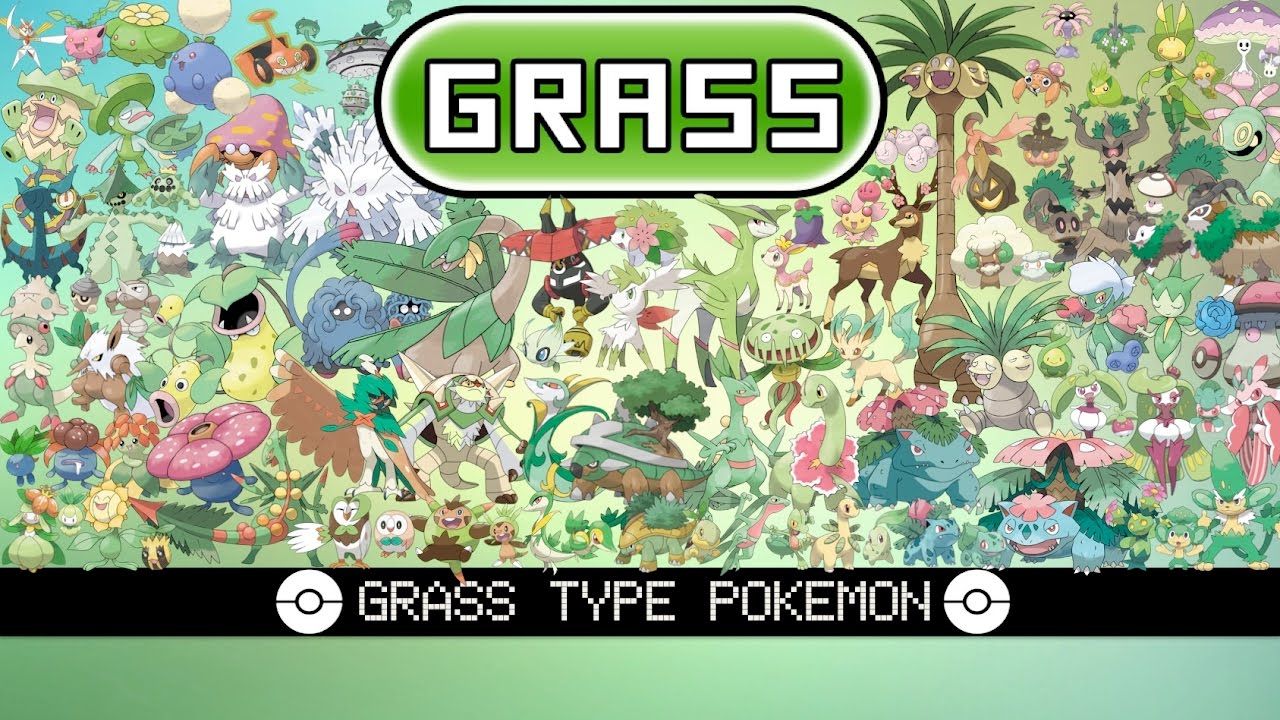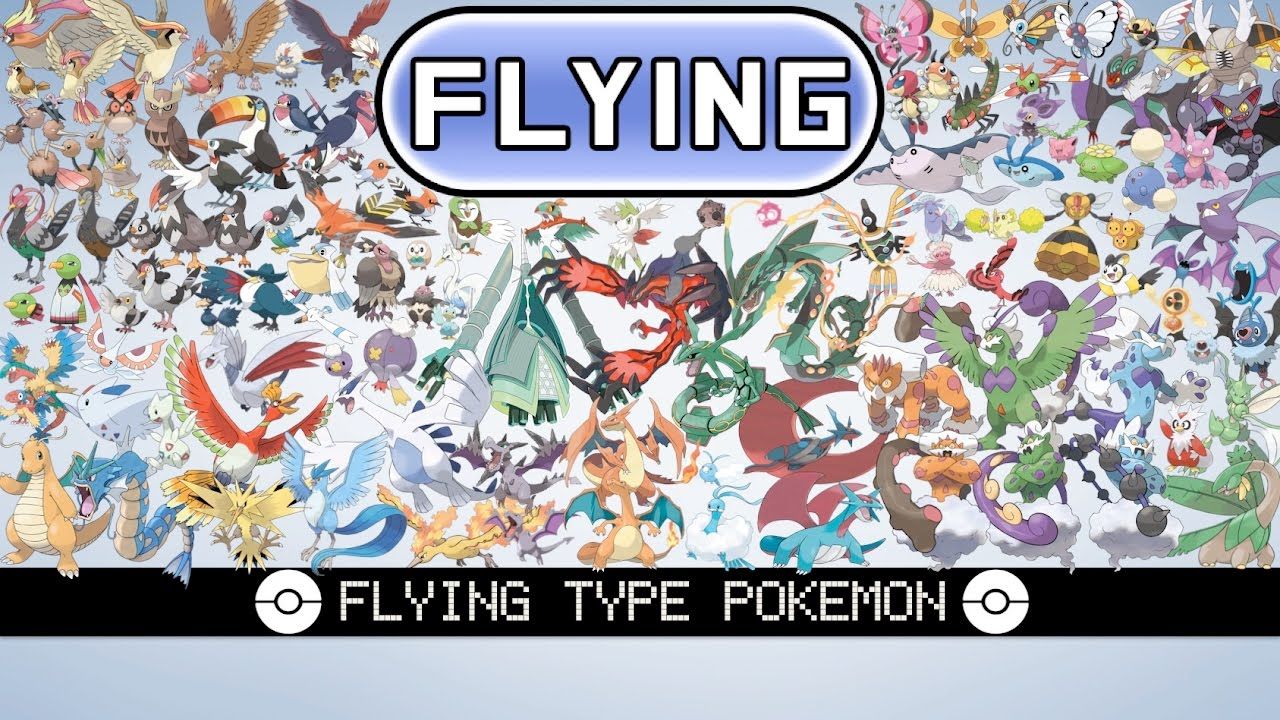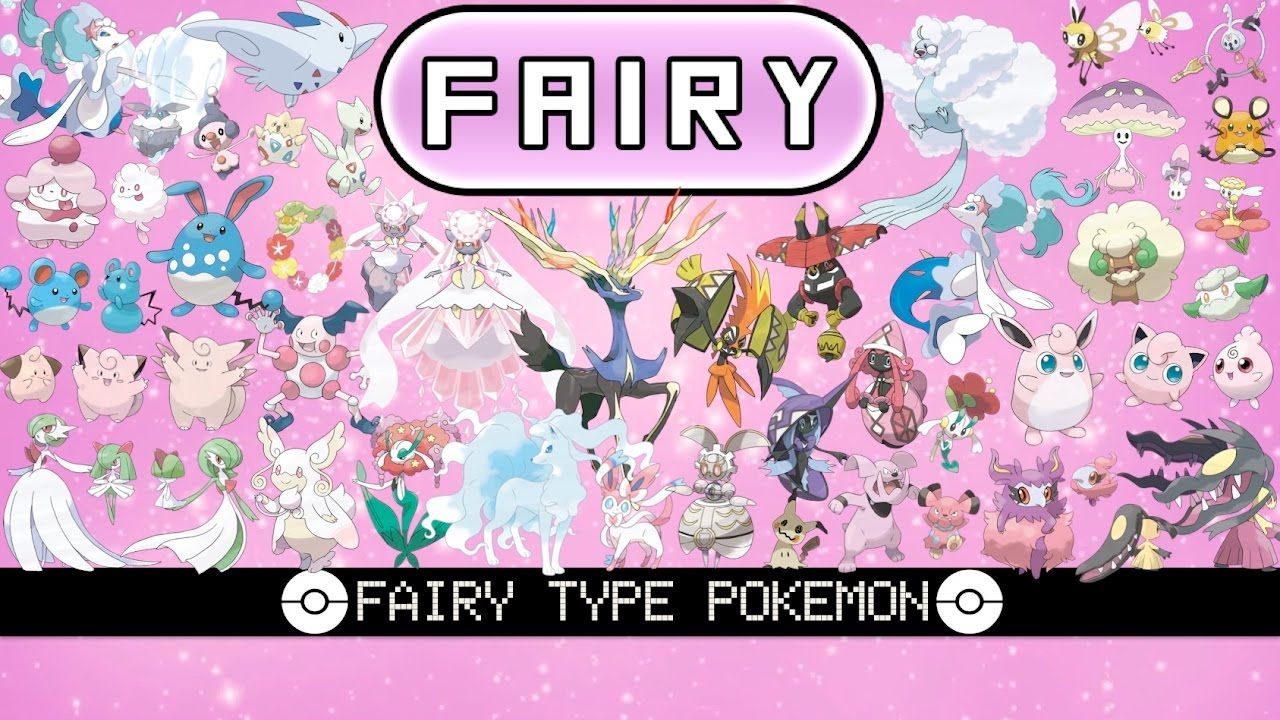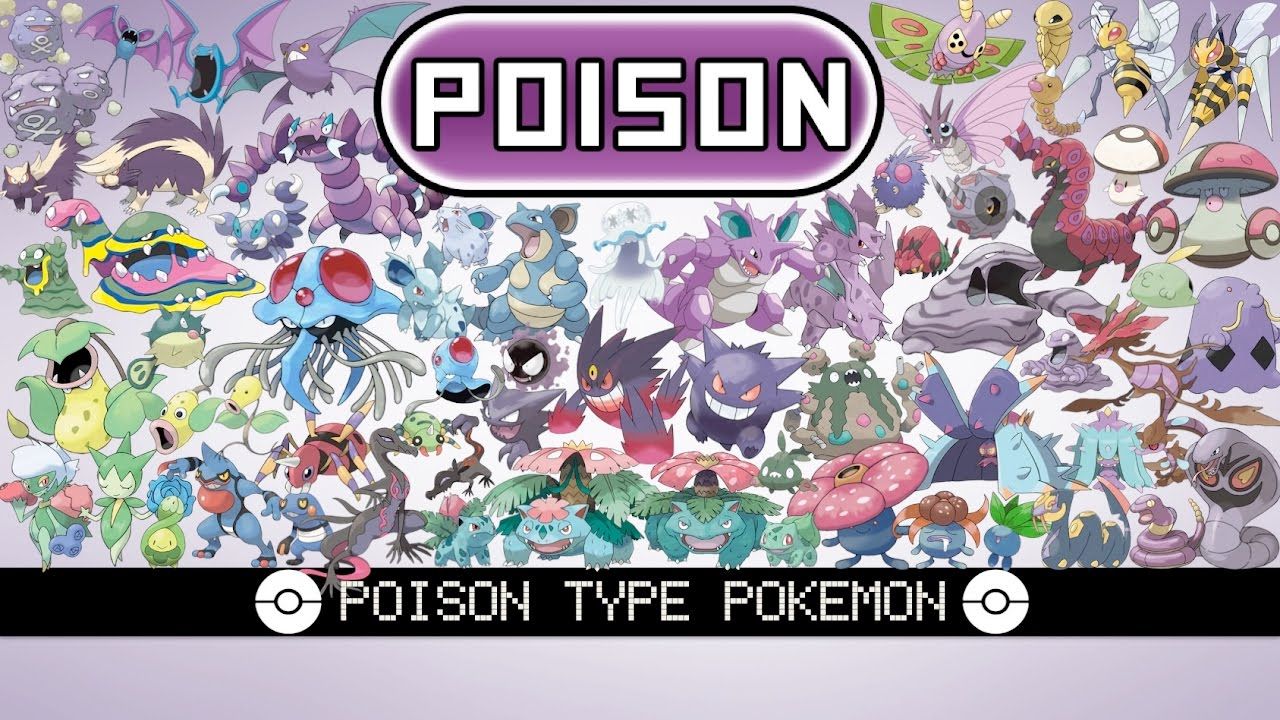Resistance in Pokémon is when a specific type of attack is weakened because the type of Pokémon targeted being resistant towards it. Resisted attacks deal reduced damage, unless they are super effective to the target's second type, which mitigates the resistance.
Many of the resistances in the game make sense. For instance, a Charmander’s Ember move is a fire attack and would be resisted by Squirtle, a Water-type Pokémon. Since water puts out fire this resistance is simple to understand. However, not all of them are as straightforward.
Here are some of the strangest resistances in Pokémon and why they may have come about.
Why Does Grass Resist Electric?
At first glance this may seem like a stupid decision. After all, one of the most dangerous places to stand in a storm is under a tree, due to their increased likelihood of being struck by lightning. However, when you consider the wider implications this resistance actually makes a lot of sense.
Lightning strikes trees because it’s trying to find a path to the ground and the sap in trees is more conductive than the air. The tree itself is not a conductor and nor is grass.
Earth grounds electricity, and grass is closely tied to earth. It makes sense that while ground types are super effective against electricity the grass types merely resist it.
Why Does Flying Resist Fighting?
Flying is a strange type. Most of its statistics seem slightly confusing at first glance. Not only does it resist fighting but it also resists grass, however, it’s weak to rocks. It just makes no sense until you start to think about the practicalities of flying.
A flying Pokémon would presumably naturally be high above the ground. This ties in perfectly with it being immune to ground and resistant to grass. The fighting only fits in when we consider that fighting is a purely ground based attack.
While a rock could be used as a projectile, a ground based fight would be out of the way of a flying Pokémon. That same Pokémon would, however, be able to send attacks towards a fight below it, explaining its super effectiveness against this type. Now it all makes sense.
Why Does Fairy Resist Bug?
Fairy types resisting darkness makes perfect sense. After all many fairies are said to emit their own glow. However, fairies resisting bugs? That’s much harder to make sense of.
The only explanation I can think of is that fairies and bugs would presumably exist in the same space but fairies have an intelligence and awareness that bugs do not. Therefore Fairies are higher up on the chain of things which fly around your garden.
Fairies are also not vengeful, making them have zero effect on bugs, just a resistance which lets them easily fend off their attacks, as if they cannot be bothered to engage.
Why Does Steel Resist Dragon?
This is another resistance which doesn’t make sense until you explore it in more detail. I initially considered steel to be potentially weak against dragon, as a dragon’s breath could melt it. However, while steel is weak against fire we need to look at the physical damage of a dragon.
Dragon type Pokémon are incredibly powerful and steel are the only types which can resist them. Since it makes sense that every Pokémon has to have at least one other type which resists it, steel is probably the best choice. This is because a dragon’s claw could potentially be stopped by a strong enough shield.
Why Does Fire Resist Fairy?
This resistance likely references folk lore where fae are traditionally said to be weak towards iron and fire. As fairy types are also weak against steel this would make sense. Fairy Pokémon play towards their natural strengths, being super effective against dragons.
Since fae are often involved with slaying dragons in fairy tales, it is logical that their weakness from the same tales will also come into play.
Why Does Dragon Resist Water?
Dragons are super powerful Pokémon who are often presented as early challenges. One of the arguments suggested is that it resists fire, water, grass and electric due to these being the most common types of Pokémon in the early game. However, there is a logic involved as well.
Dragons can breathe fire, which would scorch grass. They can also bring rain in some instances, which would put out fire. They shelter in caves, which could provide protection from an electrical attack. Finally their flight means they could dodge a water based attack.
Why Does Poison Resist Fighting?
This sounds crazy at first but it another resistance which actually makes sense. Fighting is a physical action and you cannot literally fight a virus in a practical way. While the phrase “fight a virus” is used an expression, it's not an actual action. You cannot punch liquid any more than you can kick a virus.
Since poison is a liquid it makes sense than it resists physical types including grass, bug and fairy. I’m still not sure why it’s weak to psychic though, I think that one’s best quietly dismissed.
Why Does Ground Resist Rock?
Ground resisting rock is the combination I struggle the most to understand. Surely rock and ground would just cancel each other out? The only possible explanation is because ground is solid then it would potentially be entirely unaffected by rock.
I still think this should play out as them being immune to each other but apparently not. I can only assume because the ground would absorb any impact from a rock it's considered resistance, although arguably a large enough rock could still make an impact.
This article was inspired by Quora. Click here to see the original question.









